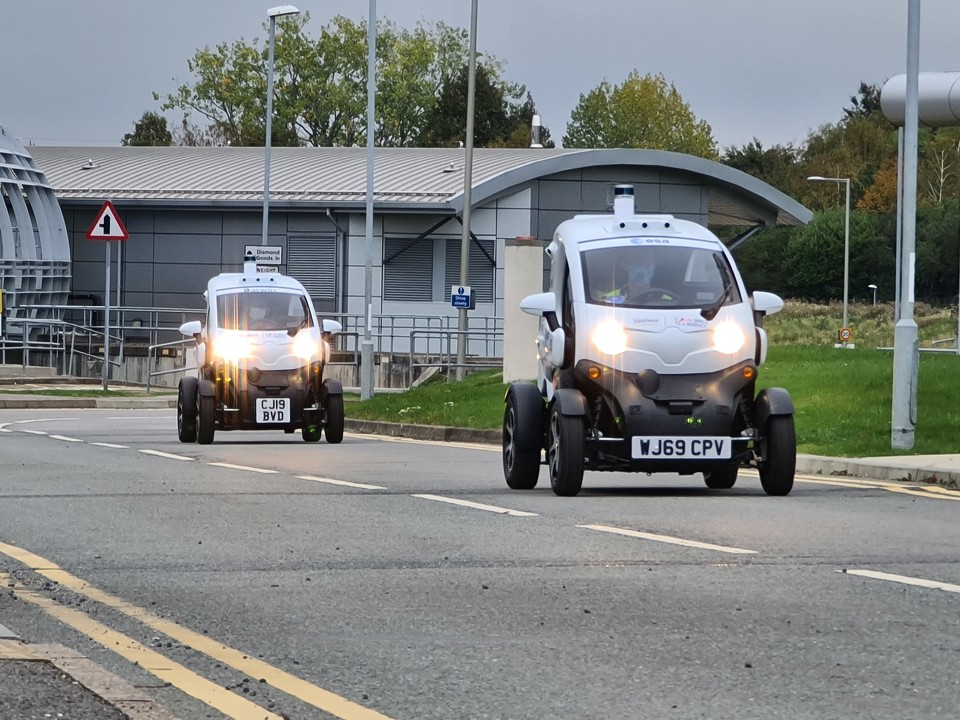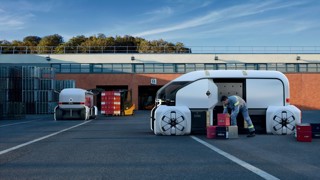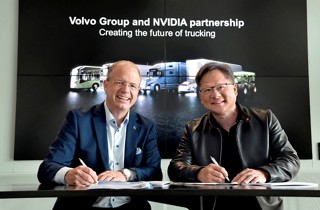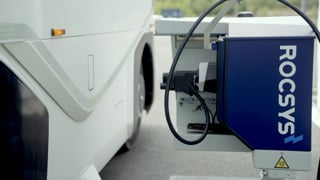O2 has launched a UK new commercial laboratory that is already helping test automated last mile delivery technology.
The new Darwin SatCom Lab is part of Project Darwin, a four-year trial programme supported by O2 and the European Space Agency and based in the Harwell Science and Innovation Campus in Oxfordshire.
One of the proofs of concept already being tested tracks the CO2 emissions of vehicles.
By using satellite imagery to see the areas the vehicles are travelling through and monitor local biodiversity, the laboratory team is able to calculate the emissions savings of taking different routes based on carbon capture from nearby trees.
This research will inform how O2’s retail partners carry out last mile deliveries, bringing goods such as groceries directly to their customers.
Companies are now able to test proofs of concept using two Renault Twizy electric cars, which O2 has converted into CAVs and fitted with LIDAR sensors to allow them to be controlled from the lab and driven around the Harwell Campus.
O2 said satellite communications will play a crucial role in the extension of 5G networks to allow seamless connectivity to remote and harder-to-reach areas for trains and road vehicles.
Using 5G equipment provided by Nokia and geosynchronous communications satellites (GEOs) provided by Hispasat, the Spanish satellite operator, O2’s 5G Innovation team can remotely track the status of the CAVs, including their position, movement and speed.
A digital twin version will also be broadcast to screens in O2’s laboratory at the University of Glasgow and at the company’s headquarters at Bath Road, Slough.
Derek McManus, chief operating officer at O2, said: “The Lab is further proof that O2 is at the forefront of connectivity and accelerating Britain’s recovery by helping British businesses to harness the power of 5G and satellite communications in order to benefit their customers.
“It’s the next step in getting autonomous vehicles on the road and making the UK’s transport network greener.”
Rodrigo Barreto, head of enterprise architecture at the Darwin Innovation Group, added: “The strength of the Lab lies in combining 5G and satellite communications, opening up the possibility of creating mobility services that can fall back on satellite communications in scenarios where 5G is not always available.”





















Login to comment
Comments
No comments have been made yet.